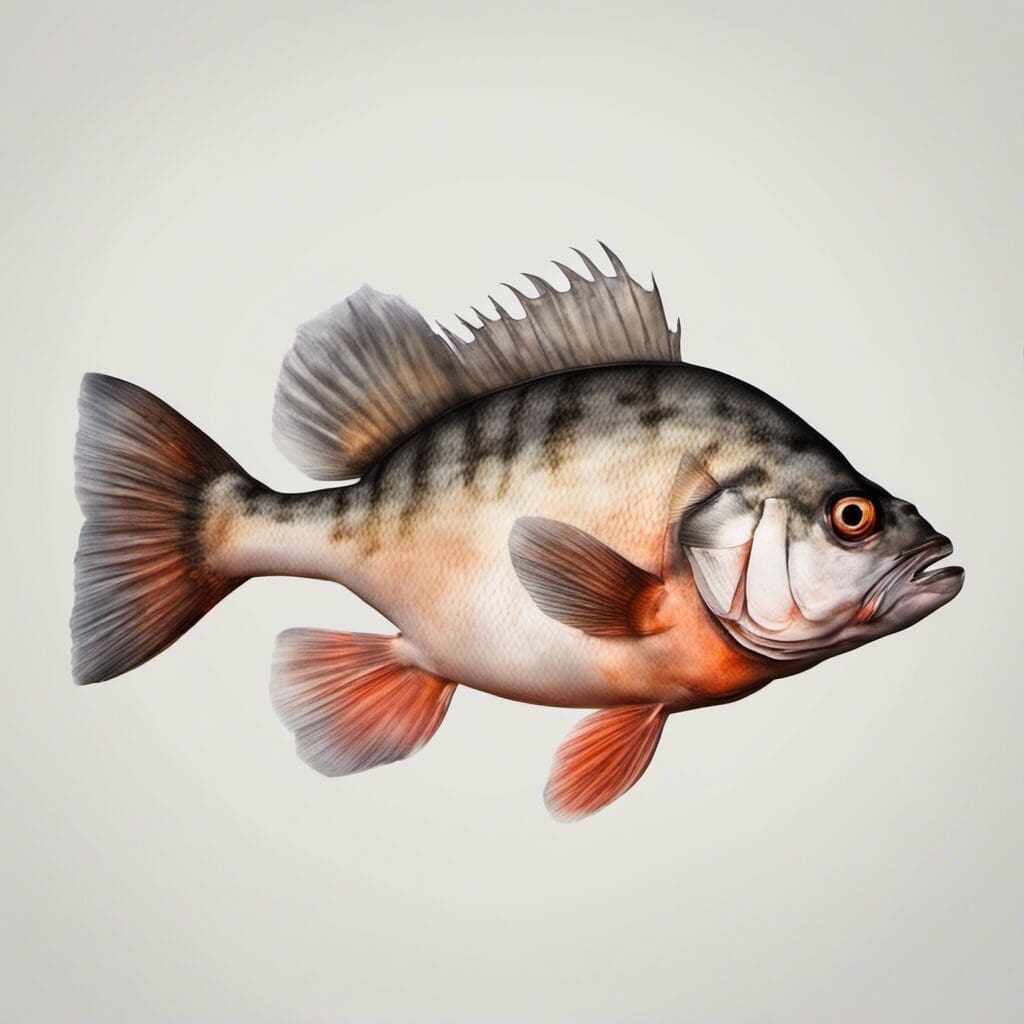Introduction
| Species Name | Family Name |
|---|---|
| Pacific Ocean Perch (POP) | Sebastidae (Rockfish Family) |
Conservation Status
The Pacific Ocean Perch is currently listed as a species of least concern, due to its wide distribution and large population size. However, conservation efforts continue to monitor populations and regulate fishing to ensure the species remains stable.
Statistics
| Length (Average) | Length (Range) | Weight (Average) | Weight (Range) | Average Lifespan (in years) |
|---|---|---|---|---|
| 14 inches | 8 – 19 inches | 1.5 pounds | 1.0 – 3.5 pounds | Up to 100 |
Distribution
The Pacific Ocean Perch can be found throughout the northern Pacific Ocean, from Japan to the USA, particularly in Alaska. These fish don’t typically migrate but may make small seasonal movements to deeper or shallower water depending on food availability and temperature.
Habitats
| Water Type | Depth Range | Temperature Range |
|---|---|---|
| Saltwater | 100 - 1,200 feet | 34 – 39°F |
When and Where to See
Pacific Ocean Perch can be found year-round, though they can be more difficult to locate during their breeding season in late winter to early spring. They are most commonly found during daylight hours.
Best Fishing Locations
- Prince William Sound, Alaska
- Sitka, Alaska
- Kodiak Island, Alaska
- Halibut Cove, Alaska
- Kenai Peninsula, Alaska
For general tips, Pacific Ocean Perch are often found near rocky formations at a depth of 100 – 800 feet. Look for areas with underwater structures, as POPs will generally congregate around these.
How to Catch
Jigs tipped with cut bait such as sardines, squid or shrimp or artificial lures such as rubber worms or grubs can be effective for catching Pacific Ocean Perch. Methods include bottom fishing or jigging, often from a boat.
Identification Guide
Pacific Ocean Perch have a deep, spindle-shaped body and are typically bright to dark red in color. They’re easily distinguished from other rockfish species by the continuous ridge that runs from the eyes to the dorsal fin.
Culinary Uses
POP has a mild, sweet flavor and firm texture. It can be baked, fried, sautéed or braised. The fillets are high in protein and low in saturated fats.
Additional Information
Pacific Ocean Perch are slow-growing, late-maturing species and feed on zooplankton, small fishes and other small marine organisms. The main predators of Pacific Ocean Perch include larger fish, marine birds, and marine mammals. Overfishing is the primary human-induced threat to PACs.
References and Further Reading
- NOAA – Pacific Ocean Perch
- Seafood Source – Pacific Ocean Perch

